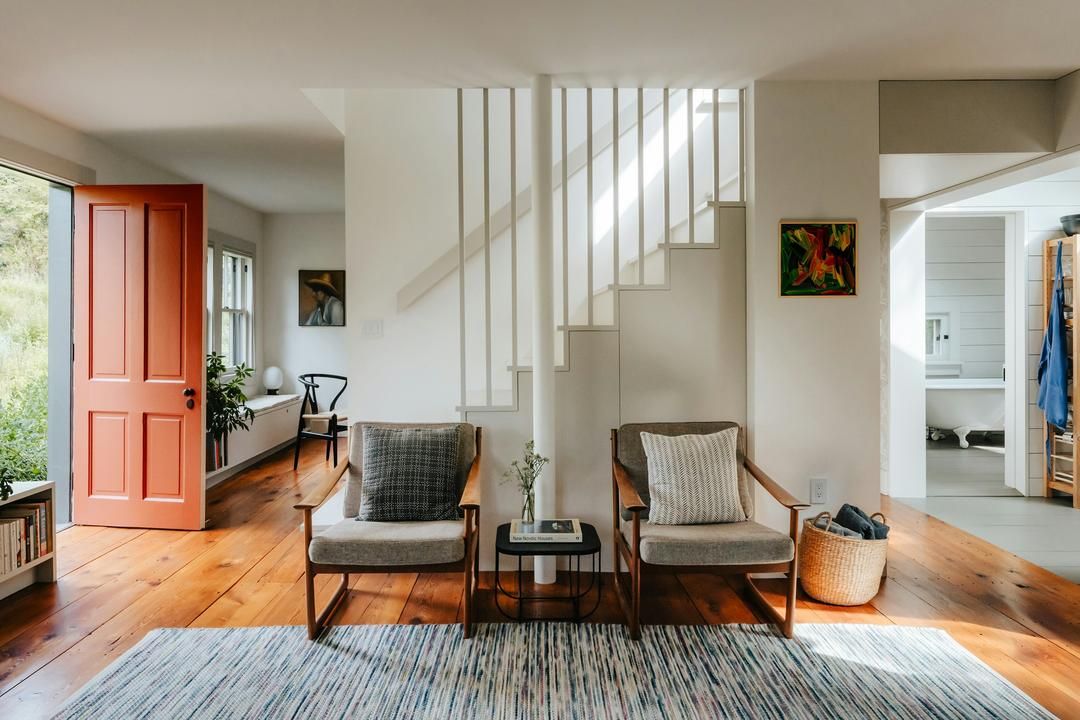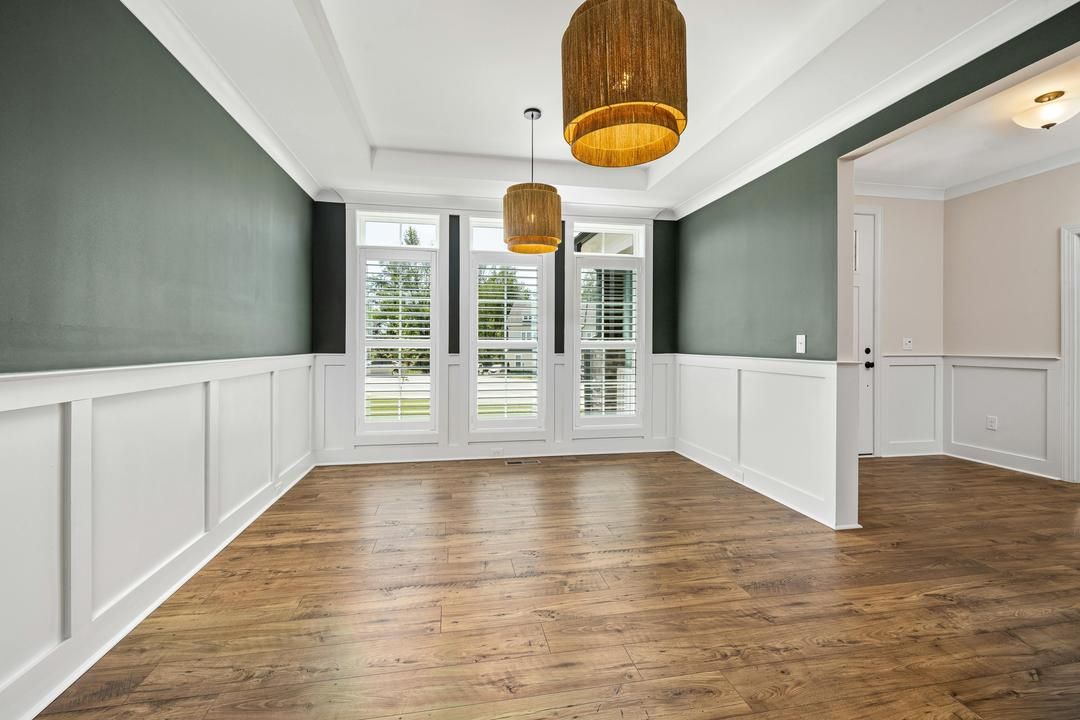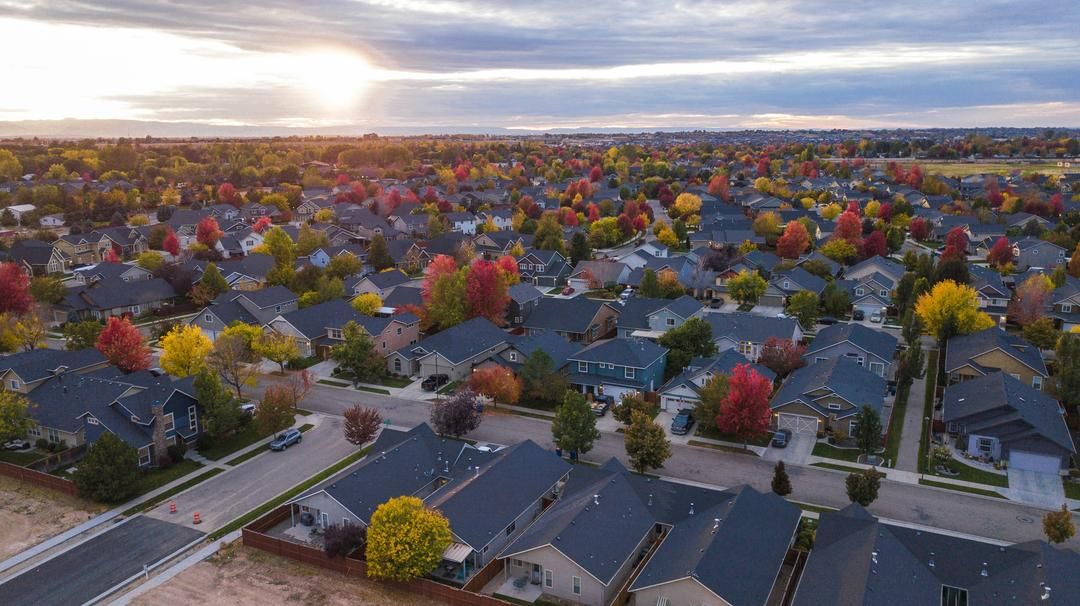If you’re a homeowner with a low mortgage rate, you might be feeling a bit stuck these days. Perhaps you’ve considered making a move—whether that’s finding a bigger place, relocating to a different area, or finally discovering a home that feels just right. But then the reality of today’s interest rates hits, and suddenly, that idea gets pushed aside.
This scenario is playing out for many homeowners across the country. Millions locked in at historically low rates in 2020 or 2021 are now hesitant to let go of what feels like a fantastic deal—even if their current home no longer meets their needs.
This phenomenon is known as the “lock-in effect,” and it’s a significant factor in today’s housing market. However, it doesn’t mean you’re out of options. If you’ve been on the fence about whether to stay or go, consider these three questions to help clarify your situation and make a decision that feels right.
Is your current home still working for your life—or just your loan?
This is perhaps the most crucial question to ask yourself. When you look beyond the interest rate and the spreadsheets, does your home still support your daily life?
Maybe what once felt spacious now feels cramped. Or perhaps your home feels too large and quiet since the kids moved out. Your needs might have shifted—maybe you’re working from home more often, caring for aging parents, or you’ve welcomed a new addition to the family. It’s also possible that you’ve simply outgrown the space emotionally. What was once your dream home now feels more like a never-ending to-do list.
It’s easy to push those feelings aside and focus solely on your current mortgage rate. But when your home no longer fits your lifestyle, it’s worth considering what it’s costing you to stay—not just financially, but emotionally and mentally as well. The right home doesn’t have to be perfect, but it should make your daily life easier, not harder.
What would a move really cost you—and what might it make possible?
There’s no denying that interest rates are higher now than they were a few years ago. However, that doesn’t automatically mean moving isn’t a financially viable option. What’s essential is how the complete picture looks for you.
Many homeowners today are sitting on significant levels of equity. As of early 2024, the average mortgage-holding homeowner in the U.S. has approximately $299,000 in equity, according to ICE’s Mortgage Monitor report. That’s an increase from $274,000 at the end of 2022 and a notable rise from $182,000 at the beginning of the pandemic, based on CoreLogic’s Homeowner Equity Insights report.
This means that many homeowners here are also sitting on substantial equity, which could serve as a down payment on a new home. It could reduce the amount you need to borrow, lower your monthly payment, or help you avoid private mortgage insurance.
On the flip side, consider the lifestyle benefits a move could bring. Perhaps it would bring you closer to family, provide your kids with access to better schools, or offer the home office or outdoor space you’ve been longing for. Maybe it means downsizing and freeing up more cash each month, or finally settling in a neighborhood that feels like home.
Moving isn’t just a financial decision; it’s a quality-of-life choice. When you weigh both the gains and the costs, you might find that the numbers aren’t as one-sided as they initially seem.
If you stay, are you staying intentionally—or just avoiding a hard choice?
It’s perfectly fine to stay put. In fact, for some people, that’s the best decision. But it’s essential that this choice is intentional, not just a default option.
Ask yourself: If I choose to stay for the next three to five years, what changes or investments would I need to make to ensure this home truly works for me? Would I renovate the kitchen that’s become outdated? Transform the spare room into a proper office? Redesign the backyard so it actually gets used?
Staying doesn’t have to mean settling. Sometimes, making peace with your current home involves creating a plan to improve it—whether through small updates, strategic renovations, or simply changing how you use your space.
However, staying without a plan can lead to years of quiet frustration. In many cases, those small compromises can add up to something more costly than moving would have been.
Final Thoughts
Feeling “stuck” can be frustrating. But the good news is, you’re not as trapped as you might think. You’re just facing a decision that deserves careful consideration.
You don’t need to have all the answers right now. But asking the right questions—about your lifestyle, your goals, and your finances—can lead you to greater clarity. Whether you decide to stay or move, the aim isn’t to time the market perfectly. It’s about making a choice that supports your life and future.
If you’re uncertain about what to do next, let’s chat. We can help you weigh the pros and cons, analyze real numbers, and explore your options. This isn’t about pressuring you into a sale; it’s about giving you the clarity and confidence to move forward in the direction that feels right for you.
.png)





